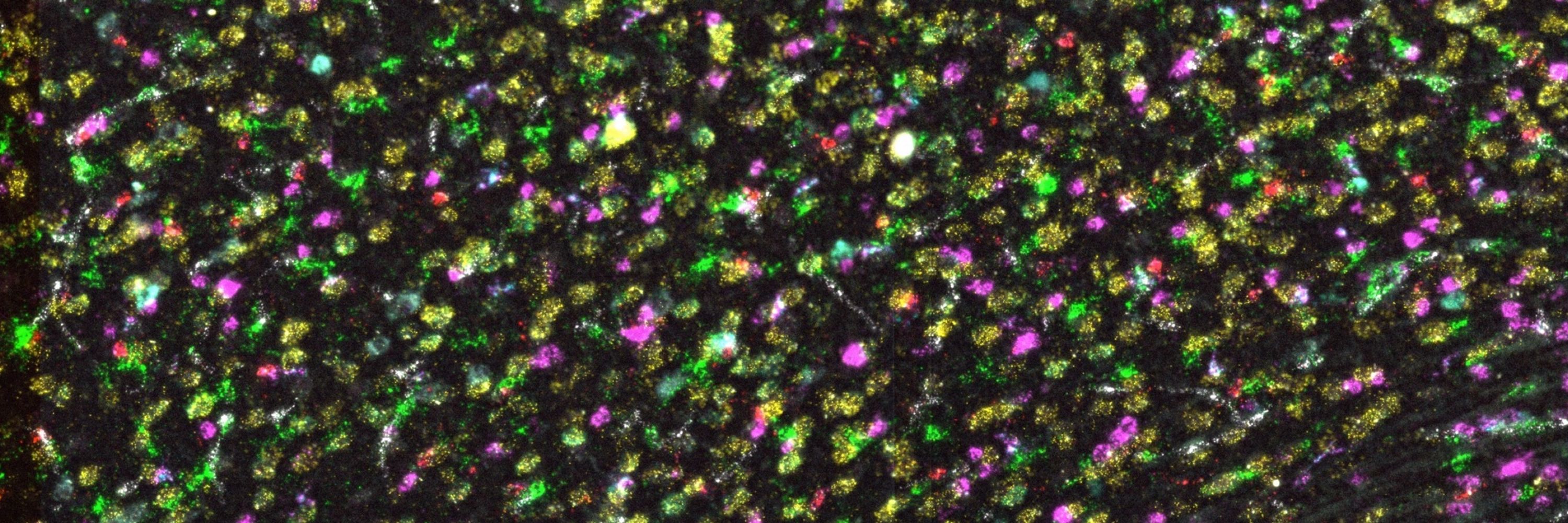
https://samuel-marsh.science
𝙎𝙩𝙪𝙙𝙮𝙞𝙣𝙜 𝙩𝙞𝙨𝙨𝙪𝙚 𝙨𝙖𝙢𝙥𝙡𝙚𝙨 𝙛𝙧𝙤𝙢 𝙧𝙖𝙧𝙚 𝙘𝙤𝙝𝙤𝙧𝙩𝙨 𝙩𝙤 𝙡𝙚𝙖𝙧𝙣 𝙖𝙗𝙤𝙪𝙩 𝙚𝙖𝙧𝙡𝙮 𝙨𝙩𝙖𝙜𝙚 𝘼𝘿 𝙥𝙖𝙩𝙝𝙤𝙥𝙝𝙮𝙨𝙞𝙤𝙡𝙤𝙜𝙮.
𝙎𝙩𝙪𝙙𝙮𝙞𝙣𝙜 𝙩𝙞𝙨𝙨𝙪𝙚 𝙨𝙖𝙢𝙥𝙡𝙚𝙨 𝙛𝙧𝙤𝙢 𝙧𝙖𝙧𝙚 𝙘𝙤𝙝𝙤𝙧𝙩𝙨 𝙩𝙤 𝙡𝙚𝙖𝙧𝙣 𝙖𝙗𝙤𝙪𝙩 𝙚𝙖𝙧𝙡𝙮 𝙨𝙩𝙖𝙜𝙚 𝘼𝘿 𝙥𝙖𝙩𝙝𝙤𝙥𝙝𝙮𝙨𝙞𝙤𝙡𝙤𝙜𝙮.
www.nature.com/articles/s41...
Validation is key! This review dives into best practices for validating ssc/snRNAseq experiments. Learn about the challenges and solutions for ensuring robust and reliable findings.
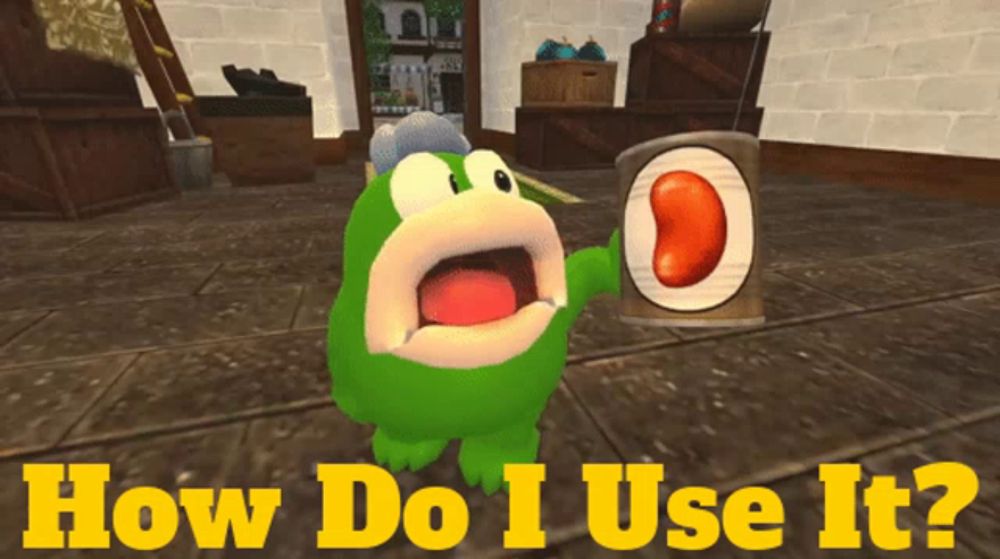
www.nature.com/articles/s41...
Validation is key! This review dives into best practices for validating ssc/snRNAseq experiments. Learn about the challenges and solutions for ensuring robust and reliable findings.
Happy single cell analysis!!! 💻📈🧬
20/20
Happy single cell analysis!!! 💻📈🧬
20/20
There’s more in this update too besides these highlights so check out changelog for full details!!
19/n
There’s more in this update too besides these highlights so check out changelog for full details!!
19/n
See changelog for full details on new/updated parameters in this update.
18/n
See changelog for full details on new/updated parameters in this update.
18/n
17/n

17/n
16/n
16/n
First, `Split_Vector` which allows you to split a vector in a specified number of chunks or chunks of specific length.
15/n
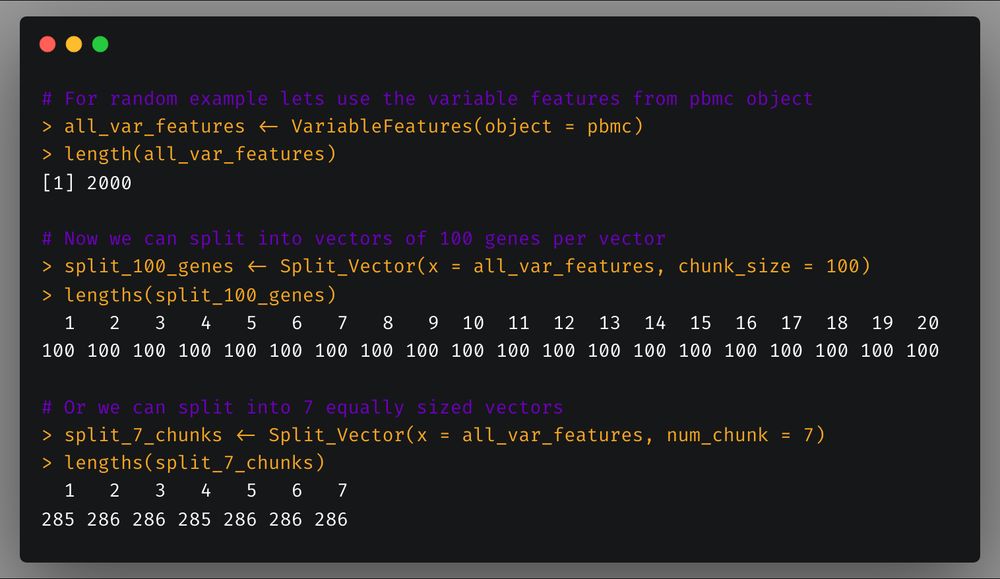
First, `Split_Vector` which allows you to split a vector in a specified number of chunks or chunks of specific length.
15/n
To make it even easier you can also just call `Random_Cells_Downsample` from within the `DoHeatmap` call.
14/n
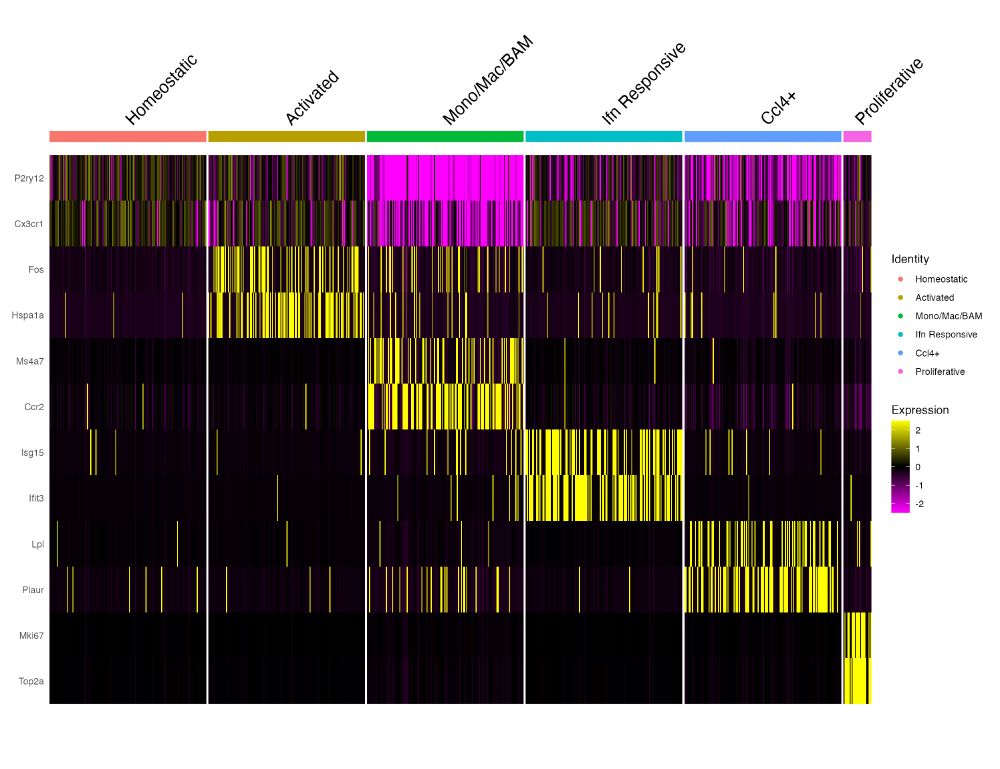

To make it even easier you can also just call `Random_Cells_Downsample` from within the `DoHeatmap` call.
14/n
13/n

13/n
12/n
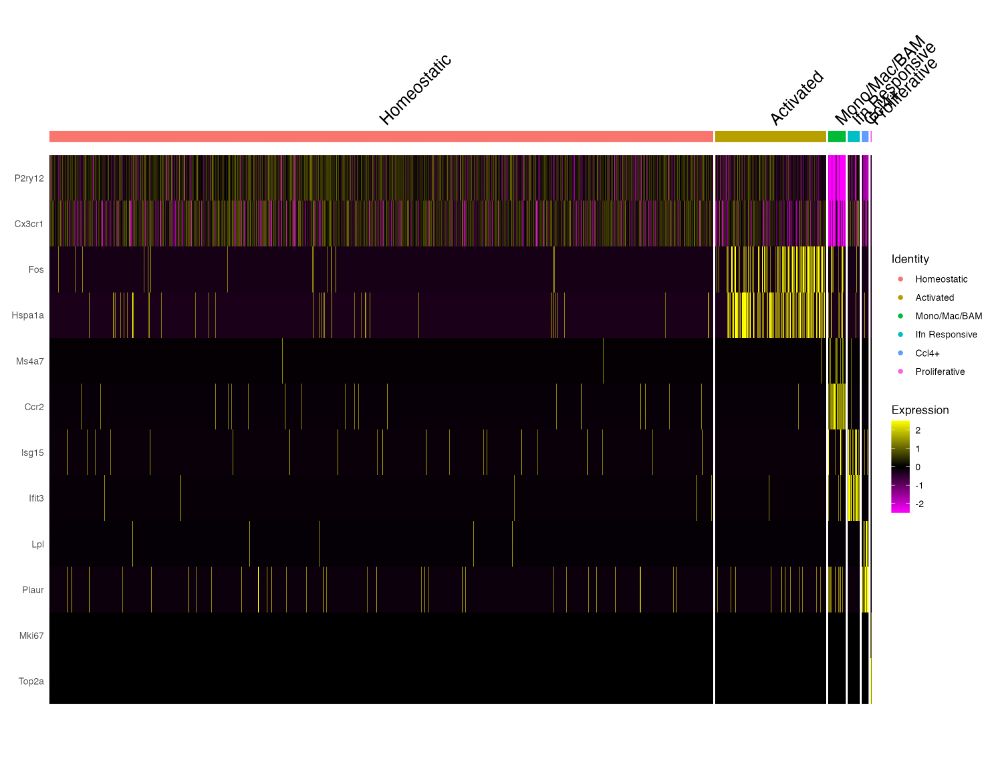
12/n
There are many scenarios where this can be helpful but one that I use a lot is when plotting cell-level heatmaps.
11/n
There are many scenarios where this can be helpful but one that I use a lot is when plotting cell-level heatmaps.
11/n
10/n
10/n
9/n
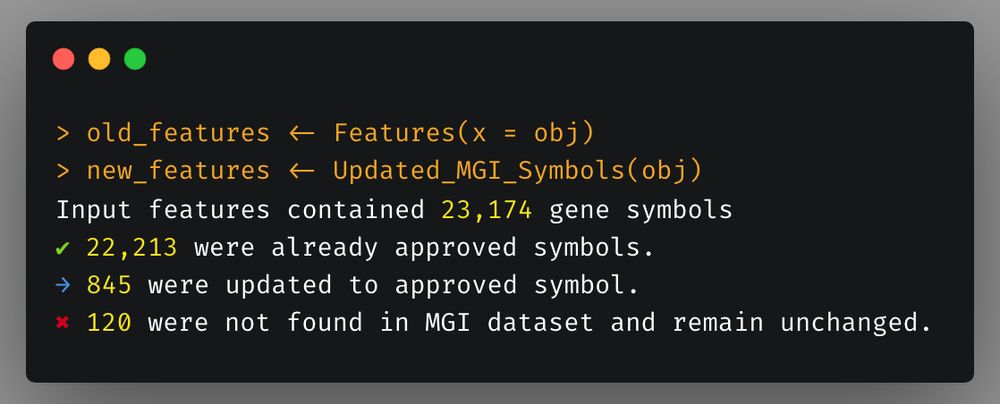
9/n
See new spatial vignette for details:
samuel-marsh.github.io/scCustomize/...
8/n
See new spatial vignette for details:
samuel-marsh.github.io/scCustomize/...
8/n
LIGER vignette is in progress and will I get that finished as soon as I can!
7/n
LIGER vignette is in progress and will I get that finished as soon as I can!
7/n
New liger interaction functions have been added. “Subset_LIGER”, “Cells_by_Identities_LIGER”.
6/n
New liger interaction functions have been added. “Subset_LIGER”, “Cells_by_Identities_LIGER”.
6/n
Extending Seurat generic functions to work with liger (Cells, Features, Idents, WhichCells, etc)
5/n
Extending Seurat generic functions to work with liger (Cells, Features, Idents, WhichCells, etc)
5/n
I have also added new vignette specifically dedicated to this and other QC functions in scCustomize.
samuel-marsh.github.io/scCustomize/...
4/n
I have also added new vignette specifically dedicated to this and other QC functions in scCustomize.
samuel-marsh.github.io/scCustomize/...
4/n
3/n
3/n
`Add_Cell_QC_Metrics` now includes addition of % of hemoglobin counts as metric & chicken was added to default species.
Default species are now human, mouse, rat, drosophila, zebrafish, macaque, marmoset, & chicken.
One line will add all QC metrics to your object.
2/n
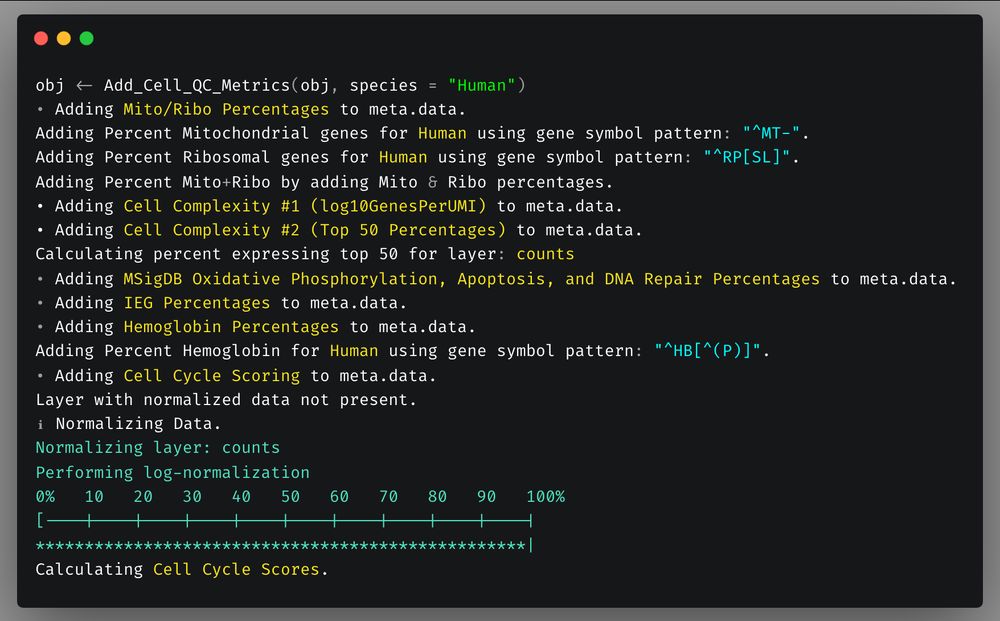
`Add_Cell_QC_Metrics` now includes addition of % of hemoglobin counts as metric & chicken was added to default species.
Default species are now human, mouse, rat, drosophila, zebrafish, macaque, marmoset, & chicken.
One line will add all QC metrics to your object.
2/n

